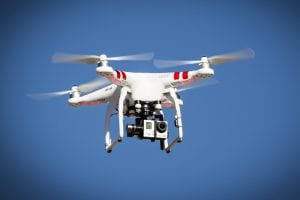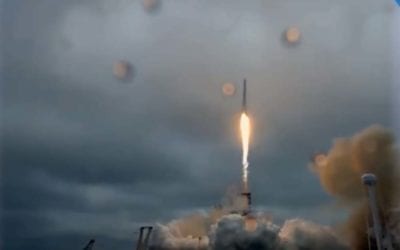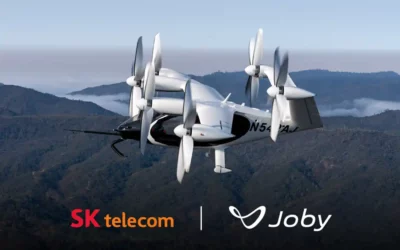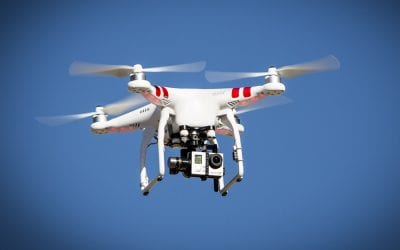UASs need new rules so that systems can be developed

DJI Phantom 2 Vision Plus Quad-Copter
The House Transportation and Infrastructure Subcommittee on Aviation held a hearing about creating a framework for the deployment and development of unmanned aerial systems (UAS) or drones. Unfortunately, the subcommittee hearing did not deal with the need for local input and enforcement of soon-to-come rules of the sub-1,000-foot airspace.
The panel of experts spoke of needing more data, new regulations, a definition of problems, and the current UAS world. The focus was on the Federal Aviation Administration (FAA) to come up with rules that would serve as a framework for action.
Unfortunately, the birth of the UAS world will not take place if the FAA is in charge. That administration will study the project to death. Congress will have to take action and someone has to produce a study that will look at a national rollout of UASs. In the meantime, the US will fall farther and farther behind the rest of the world in drone technology and control.
Today, there are around 50,000 aircraft in the sky over the US at any time. However, there are, reportedly, millions of drones that have been sold. The FAA cannot control that kind of overwhelming air traffic. The US must develop an autonomous system that can operate without FAA active control.
Some initial steps to insure safety can be taken now —
- When purchased, all drones should be registered to a responsible adult.
- All drones should be equipped with geofencing technology that will keep them out of airport and other restricted zones.
- All drones should have altitude limiters to keep them below the 1,000-foot altitude threshold.
- All drones should ping their identifier information using a system used in cell phones or, better, using ADS-B.
Those are actions that the FAA can take as soon as possible and that should provide identification of owners and responsible adults for the drone’s use. It would be similar to registration of an automobile, motorcycle, or bicycle.
Those are the first important steps. More testing over remote areas of the country needs to be permitted without long approval processes. An examination of the future of enforcement needs to be started immediately so that federal oversight and state and local enforcement can begin. Plus, states and localities need to be able to set their own limits on drone deployment and zoning — this would include privacy rules for airspace over homes and minimum-distance-rules from buildings that drones will need to operate.
These kinds of visionary activities need to begin now. So far, the FAA and the drone industry seem to have their heads buried in the sand with no view of the possible future.
We need congressional action
The birth of the UAS air traffic world will require congressional action and a mandate to look into the future. While the FAA has focused on regulation, Congress needs to signal a need for a vision of the future that will drive innovation and experimentation — the coming world where low-level UASs may become as common as automobiles.
Just as we have a traffic management system with highways, local roads, traffic signage and signals, and enforcement for surface transportation, the US will need to develop a similar system for the national airspace system.
Travelers United is urging the creation of an advisory board authorized to take a reasonable and educated look at the future. This independent group will focus on organization, operational safety, enforcement, innovation, and privacy.
The genie is out of the bottle.
These studies will shape the future of our aviation industry, stimulate innovation and knit together our country similar to the vision, planning, and construction of the Interstate Highway System.
UASs are already working in the commercial world taking photos of agricultural fields, orchards, utility lines, pipelines, sporting events, real estate, construction operations, deliveries, movie making, news coverage, search and rescue and more.
Airbus has announced a flying car prototype and the Chinese are already testing these systems.
The future is closer than any of us can imagine.
Technology, once it is created and free for unfettered innovation, will surprise even today’s experts. A Jetson-like UAS platform that can carry passengers, guided by GPS, equipped with sense-and-avoid technology and operate totally autonomously has already been announced and is being tested.
It is time that the US gets ready for the future of a new level of transportation.

Charlie Leocha is the President of Travelers United. He has been working in Washington, DC, for the past 14 years with Congress, the Department of Transportation, and industry stakeholders on travel issues. He was the first consumer representative to the Advisory Committee for Aviation Consumer Protections appointed by the Secretary of Transportation from 2012 through 2018.



